Competitive challenges
On August 1, Vietnam time, US President Donald Trump signed an executive order adjusting reciprocal tariffs on a series of shrimp-supplying countries, including Vietnam. This move is reshaping the competition in the world's largest shrimp import market, opening up new space for countries that proactively adapt.
According to Ms. Kim Thu, shrimp market expert of the Vietnam Association of Seafood Exporters and Producers (VASEP), Vietnam is currently the fourth largest shrimp supplier to the US. Although its output is not as high as that of competitors such as India or Ecuador, Vietnam stands out thanks to its strengths in processed shrimp and value-added products.
"This is the segment with the highest average selling price in the market, reaching 11.22 USD/kg in May 2025," said Ms. Thu.
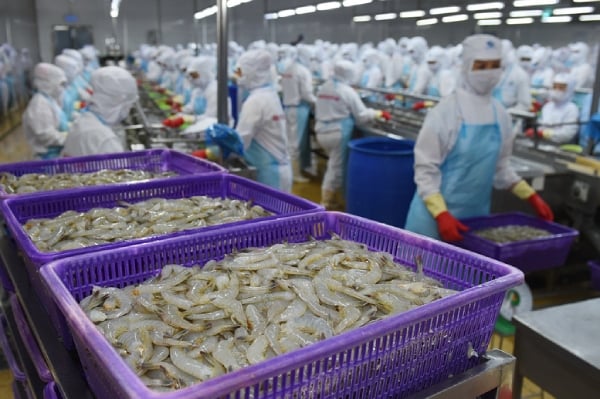
This advantage becomes even more evident when the largest supplier, India, has to bear a reciprocal tax of up to 25%, plus other taxes, bringing the total tax burden to 33.26%. This causes many US importers to seek to "escape" and switch to suppliers with more quality, stable products and transparent traceability, which are the strengths of Vietnamese shrimp.
In the context of global shrimp prices recovering and US consumers accepting a new price level, Vietnamese enterprises can better take advantage of quality, deep processing capabilities and product flexibility.
"With high added value, good food safety standards and stable relationships with importers, the market share of Vietnamese shrimp may not increase dramatically, but the opportunity to consolidate and maintain its position in the high-quality segment is entirely possible," said Ms. Thu.
Despite the opportunities, Vietnamese shrimp still faces many major challenges. The 20% reciprocal tax that the US imposes on Vietnamese shrimp, combined with the risk of anti-dumping and anti-subsidy lawsuits (without a final conclusion), is a significant barrier. If the final result is unfavorable, the total tax rate could be even higher than the current level, eroding the competitiveness and profits of businesses.
Pressure on costs and profit margins is also a difficult problem. If the increased tax costs cannot be passed on to consumers, businesses will have to sacrifice profits.
Strategic pivot business
According to Ms. Kim Thu, in response to the new tariff map, Vietnamese shrimp businesses have proactively reshaped their strategies. Instead of competing on price, many businesses choose to focus on high-value-added product lines such as deep-processed shrimp, organic shrimp, and specialty products for retail channels and high-end restaurants.
At the same time, market diversification is being promoted to reduce dependence on the US. Exports to the EU increased by 25% and to Japan by 11% in the first five months of the year, taking advantage of incentives from the EVFTA and UKVFTA to access markets with high requirements but more stable policies.
ESG (Environment – Society – Governance) strategy is also being invested in long term by some businesses to meet the increasingly strict requirements of large supermarket chains. This is a sustainable direction, helping to create long-term competitive advantages.
"In general, the US market is not a game of price alone. Long-time importers still appreciate the stable supply, reliability and real value of the product. If we steadfastly pursue differentiation, high quality and sustainable investment, Vietnamese shrimp will still be able to maintain its role as a strategic, irreplaceable supplier in this important market," the expert said.
Source: https://doanhnghiepvn.vn/kinh-te/thue-quan-my-tao-bien-dong-doanh-nghiep-tom-viet-xoay-truc-chien-luoc/20250807032305292




![[Photo] Cutting hills to make way for people to travel on route 14E that suffered landslides](https://vphoto.vietnam.vn/thumb/1200x675/vietnam/resource/IMAGE/2025/11/08/1762599969318_ndo_br_thiet-ke-chua-co-ten-2025-11-08t154639923-png.webp)



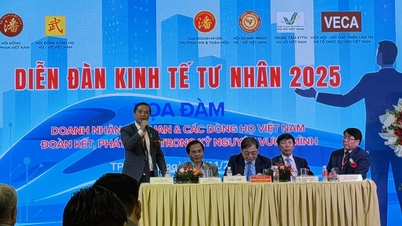

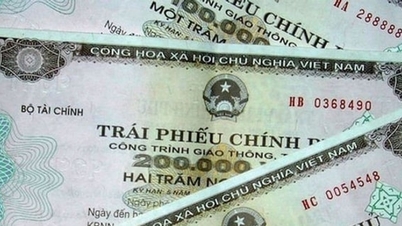





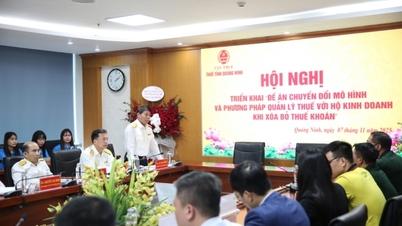



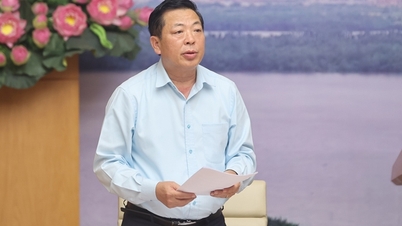













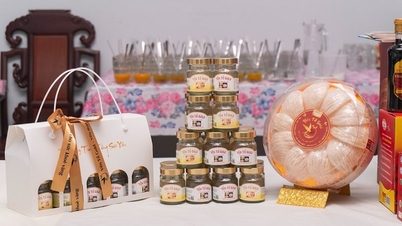











![[Video] Hue Monuments reopen to welcome visitors](https://vphoto.vietnam.vn/thumb/402x226/vietnam/resource/IMAGE/2025/11/05/1762301089171_dung01-05-43-09still013-jpg.webp)




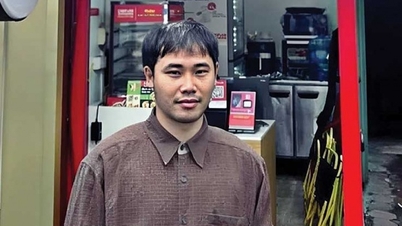







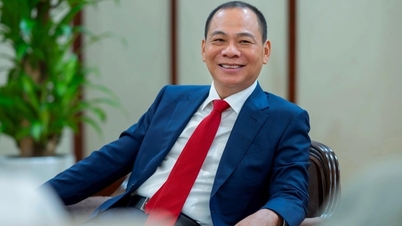


























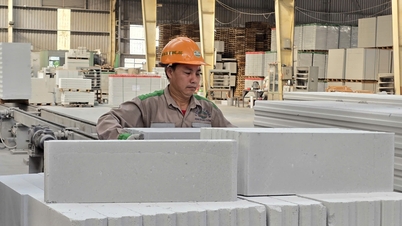






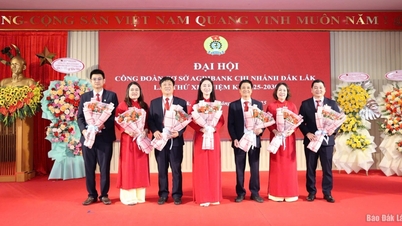




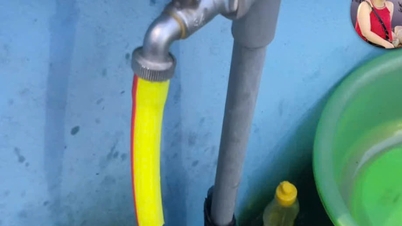













Comment (0)